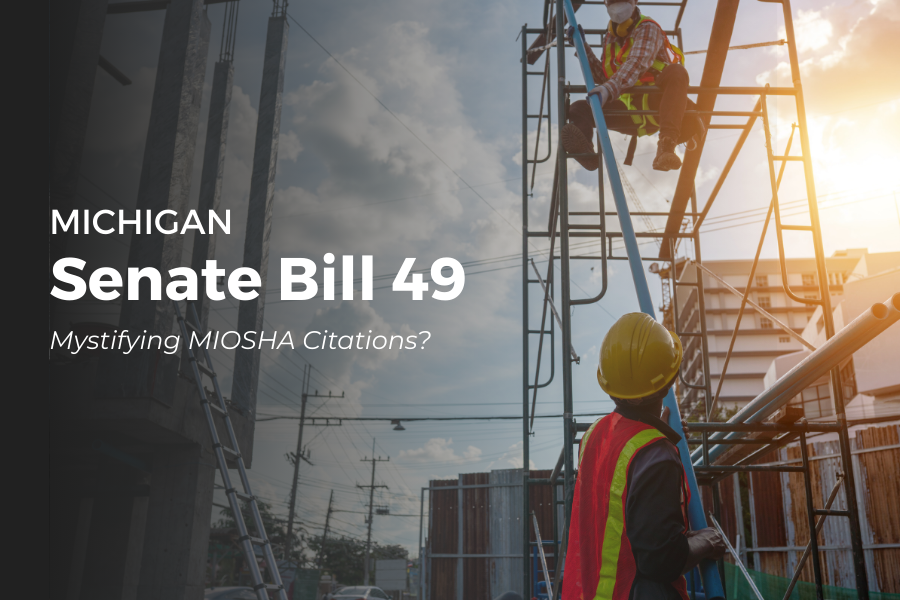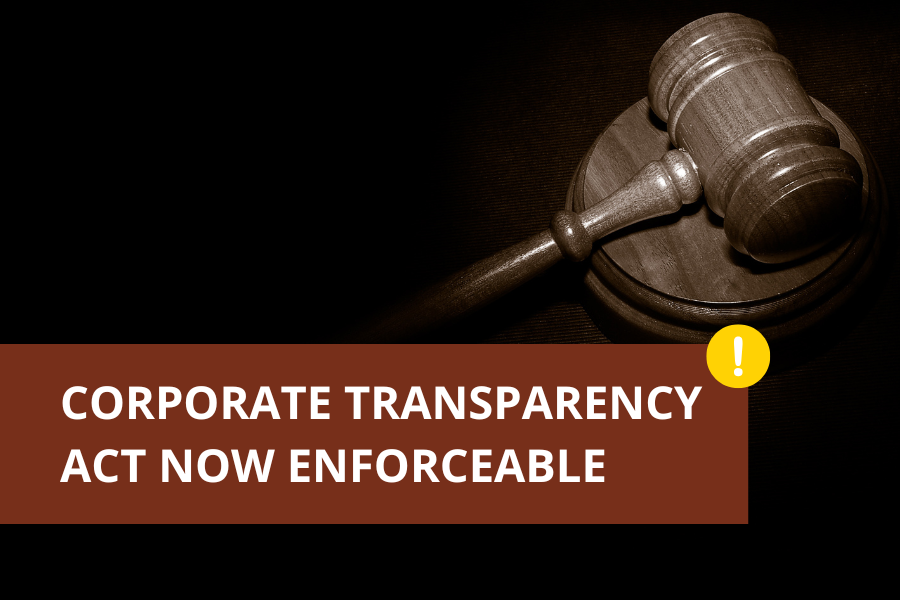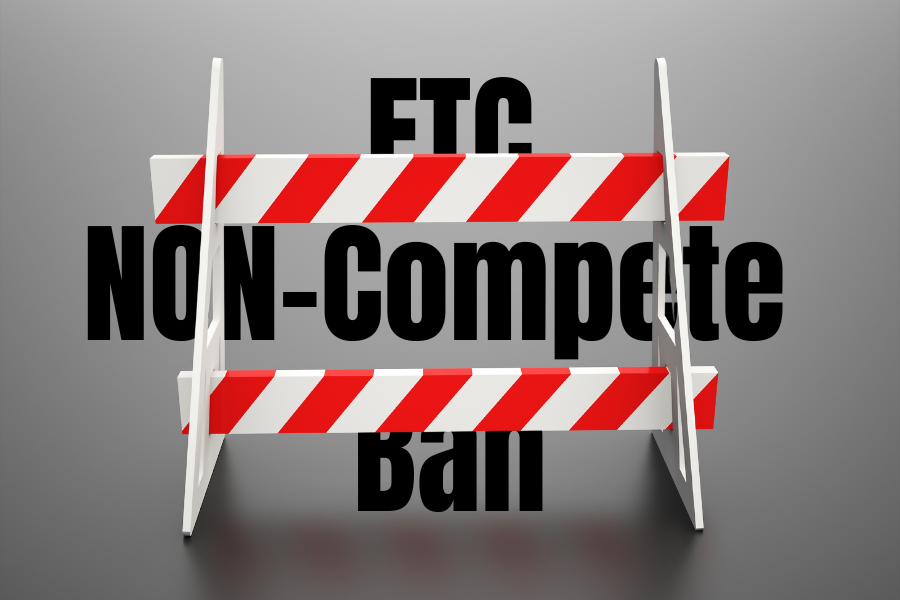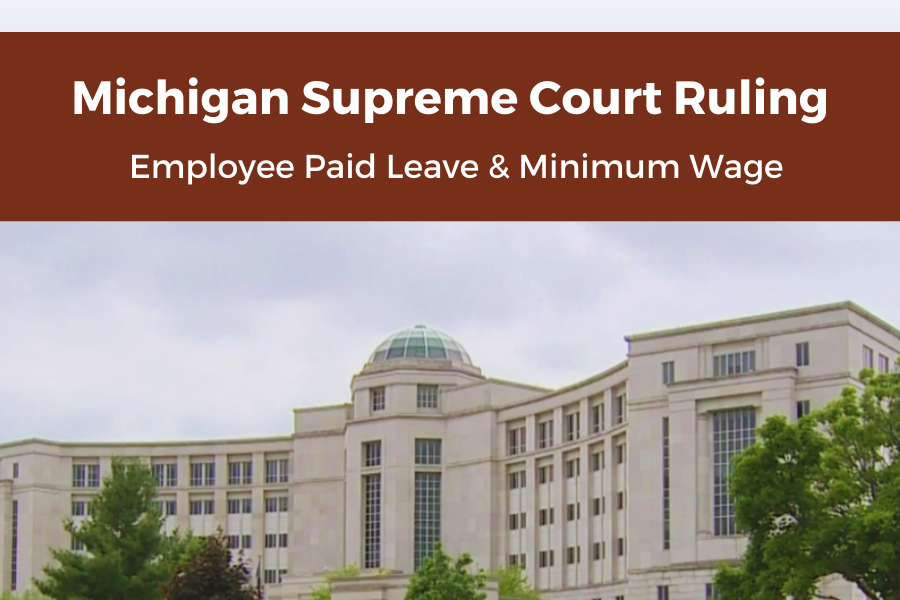Is Retainage Reform Around the Corner in Michigan?
Co-author: Andy Hilger
Retainage is often thought of as a necessary evil in the construction industry. General contractors and owners see it as a guarantee on a subcontractor’s work in the event of non-performance. Subcontractors often view retainage negatively because, in some instances, it means they are essentially financing the job. Since the early 1980s, subcontractor organizations have been pushing for statutory reform to limit some of the harmful effects of retainage. Some argue that retainage increases the overall construction cost, affects job performance (good and bad), and has financial impacts on both contractors and subcontractors.
What is Retainage?
Retainage, in the legal and construction industries, refers to a portion of the agreed-upon contract price deliberately withheld until the work is substantially complete to ensure the contractor or subcontractor fulfills their obligations. This practice serves as a financial incentive for contractors to complete projects on time and to the required standards. Typically, a percentage of each progress payment is retained, and the funds are released upon satisfactory completion of the project or after a specified period. Retainage helps protect clients from incomplete or substandard work, ensuring that contractors remain committed to the project’s successful completion.
How does Retainage work?
Retainage procedures are usually outlined in a contract, but statutes can dictate the amount of retainage allowed. Some states will have statutes governing retainage for public and private projects, but not always both. The difference and level of detail between state statutes on retainage varies widely. With some statutes, the rate depends upon the overall project cost, or what branch of government you are working for. Other statutes afford a subcontractor the ability to offer security in lieu of retainage. Commonly, the amount which can be withheld depends on the subcontractor’s percentage of completion.
Forecasts on Michigan Retainage statues:
Michigan’s statutory reform is a little behind in comparison with other states. Currently, Michigan’s statutes relate only to public projects, limiting retainage to 10% for the first 50% of the project, so long as the work is satisfactory. As a side note, retainage on federally funded MDOT projects is handled differently because federal regulations apply.
The national trend appears to be addressing the subcontractor’s concerns by reducing the amount which can be withheld. In South Carolina, the maximum rate for public contracts is 3.5%, released upon the completion of each division of work. In Wisconsin, the maximum rate for public projects is 5% for the first 50% of the project. Other states, including Iowa, Virginia, and Minnesota, do not allow for more than a 5% rate for the life of a public project. Retainage options will depend on the state your company is doing business in, whether the work is public or private, and if there is an applicable statute.
For the past few years, many involved in the construction trades have focused their legislative reform efforts on the repeal of the Michigan prevailing wage law. With the recent repeal of the of the Michigan prevailing wage law ,we are keeping our eye on a possible next target of the contracting community – a reform of the retainage laws to fall in line with many other states. While the subcontracting community may be behind such an approach, it remains to be seen if the owner groups and lawmakers will see the wisdom in such reforms, particularly when there are other ways for owners to guaranty project completion, such as performance bonds or letters of credit.










